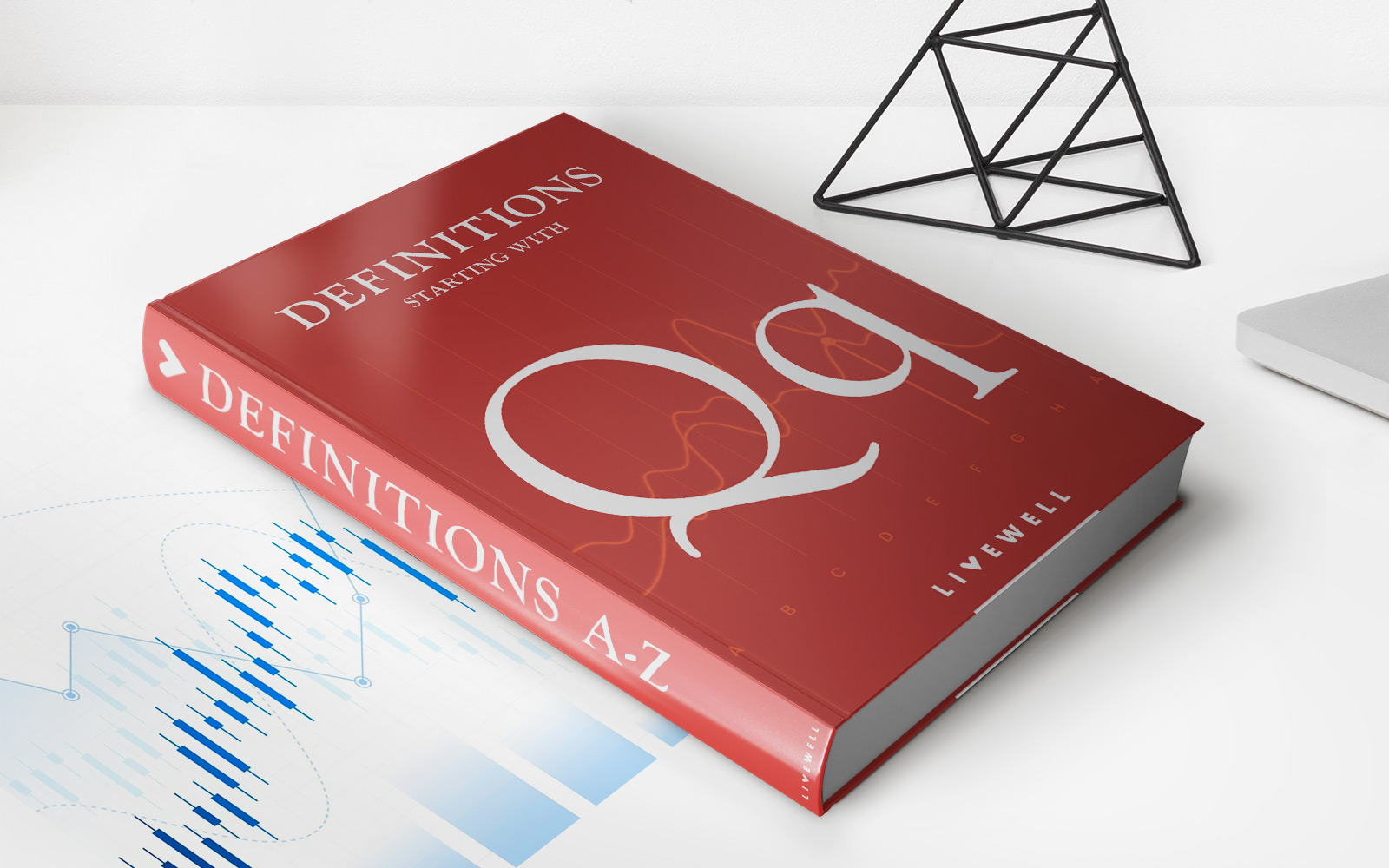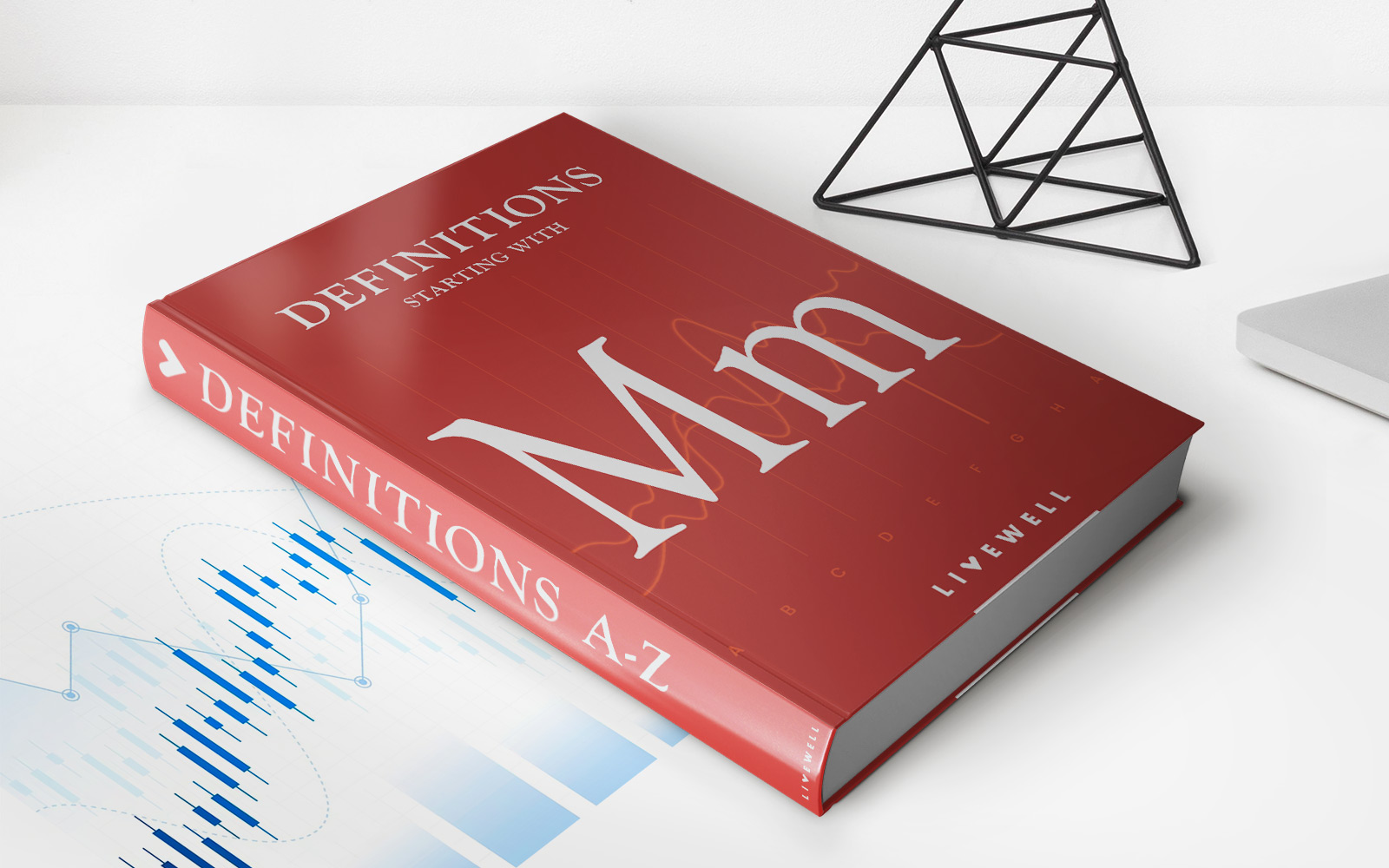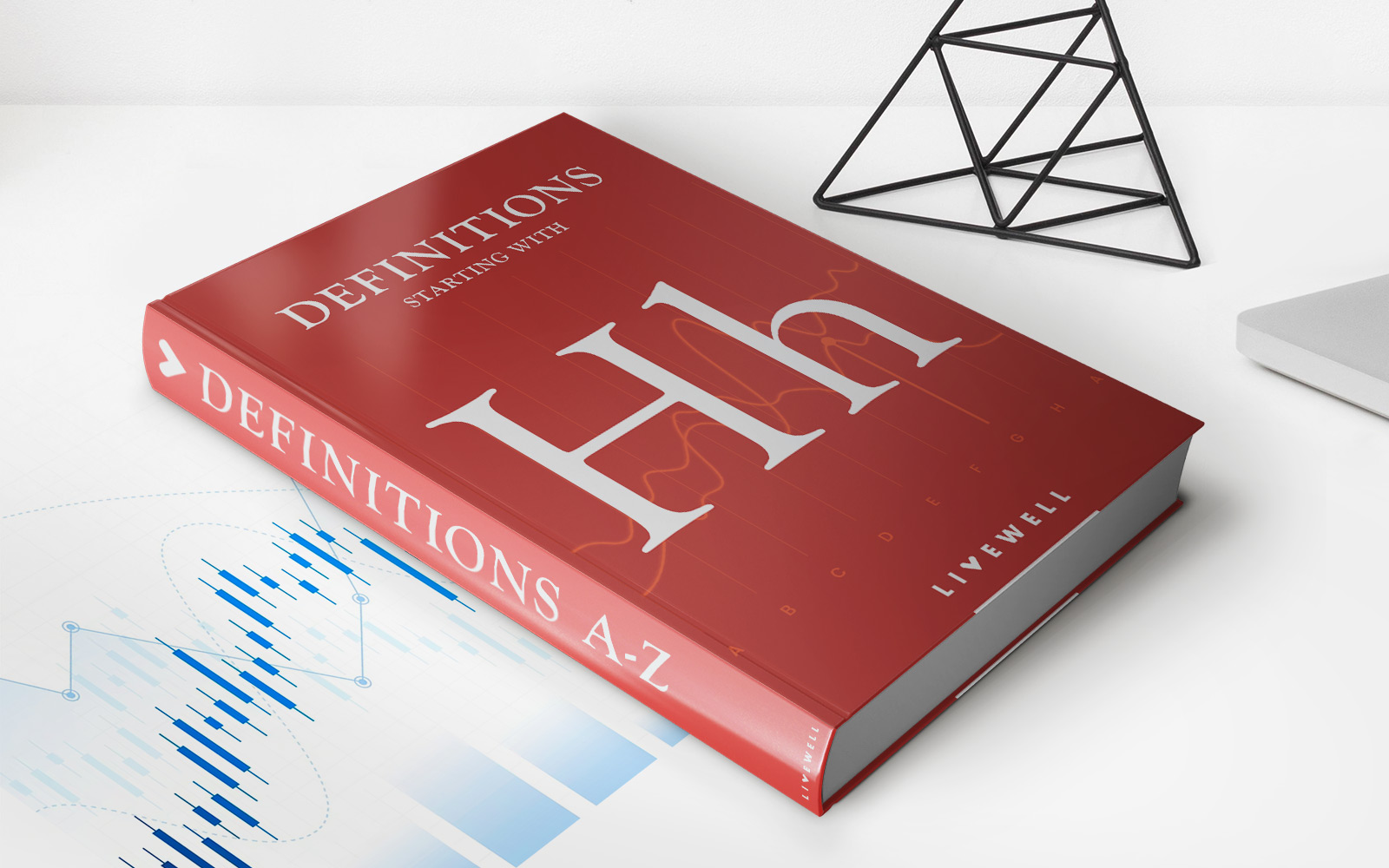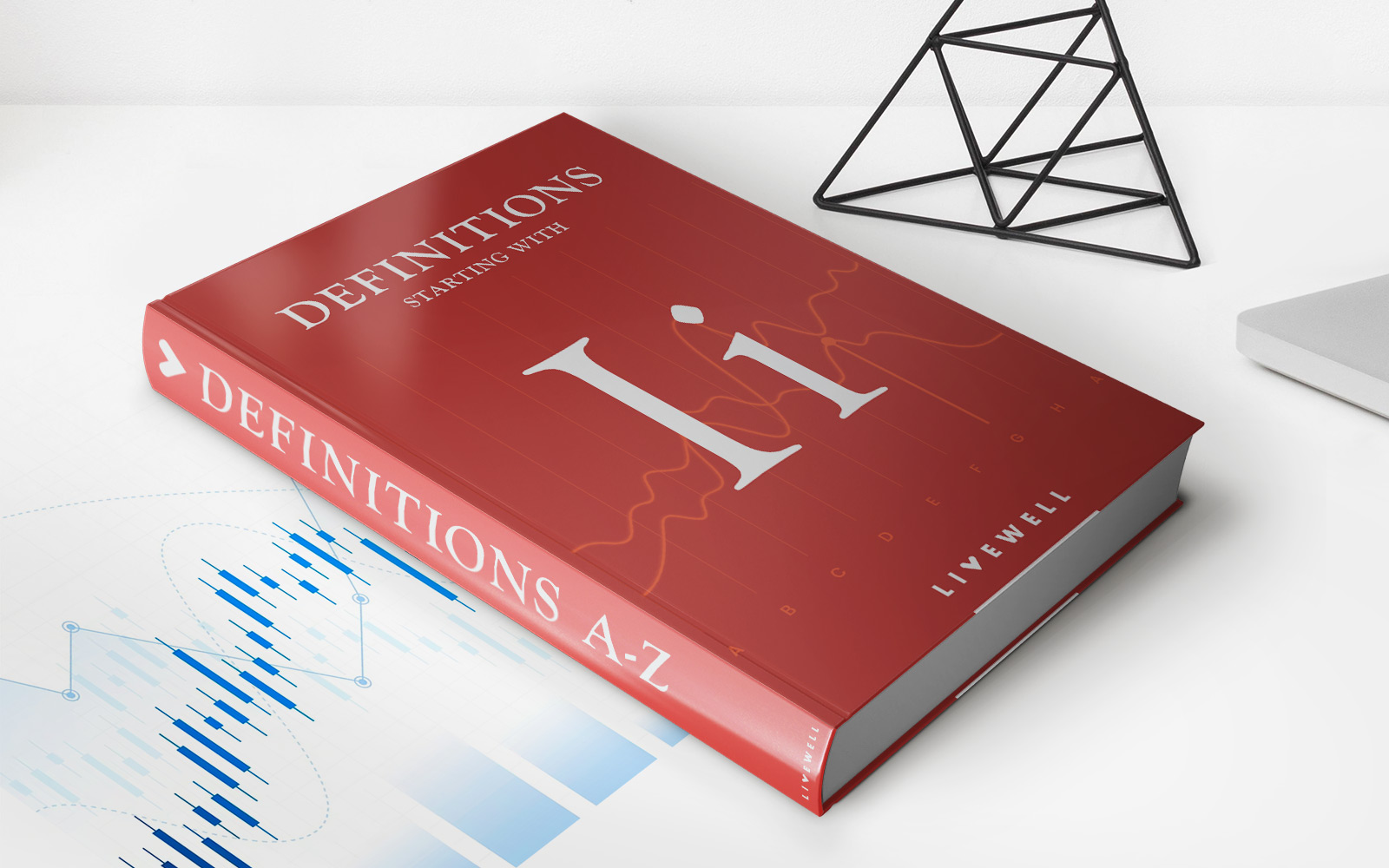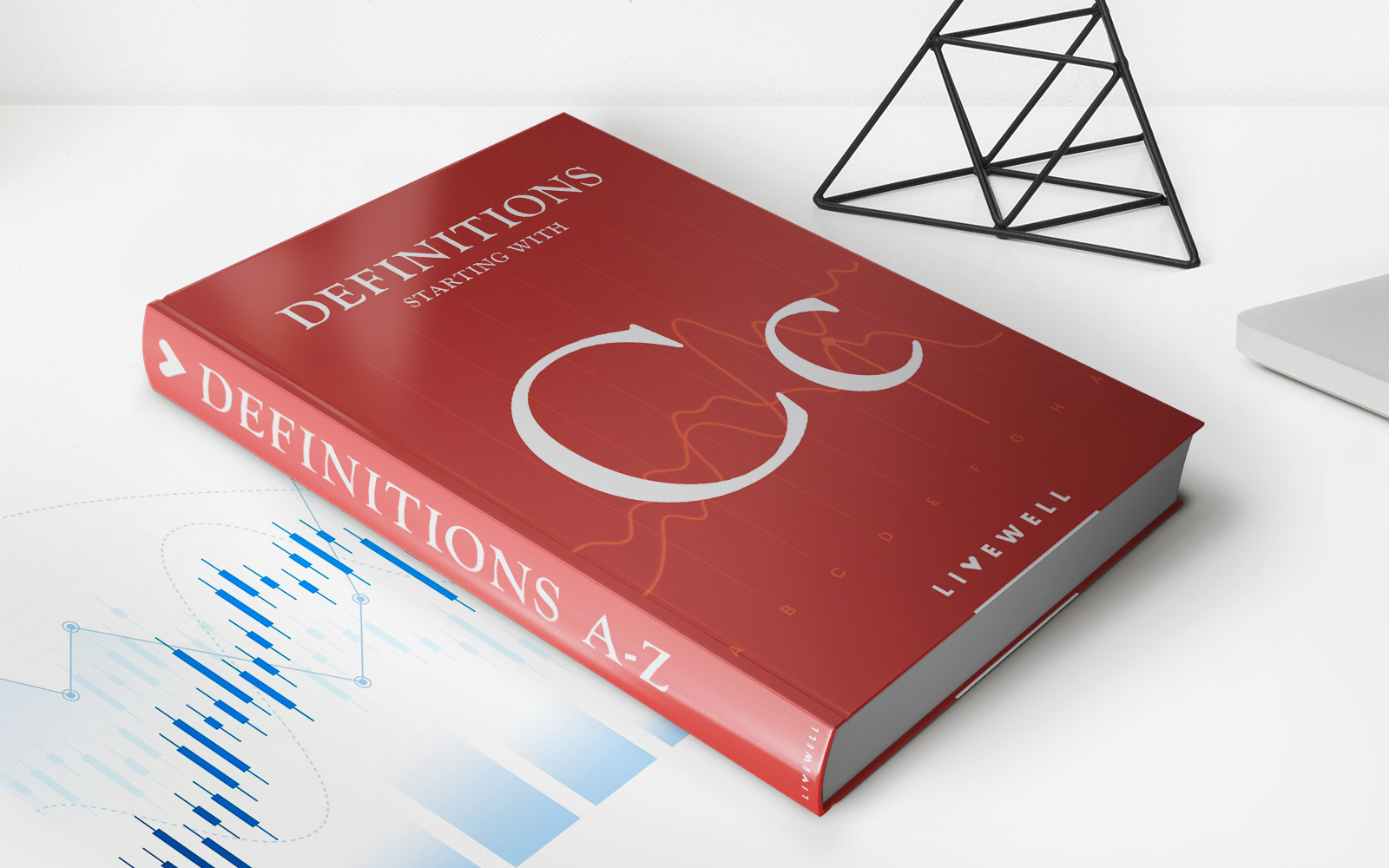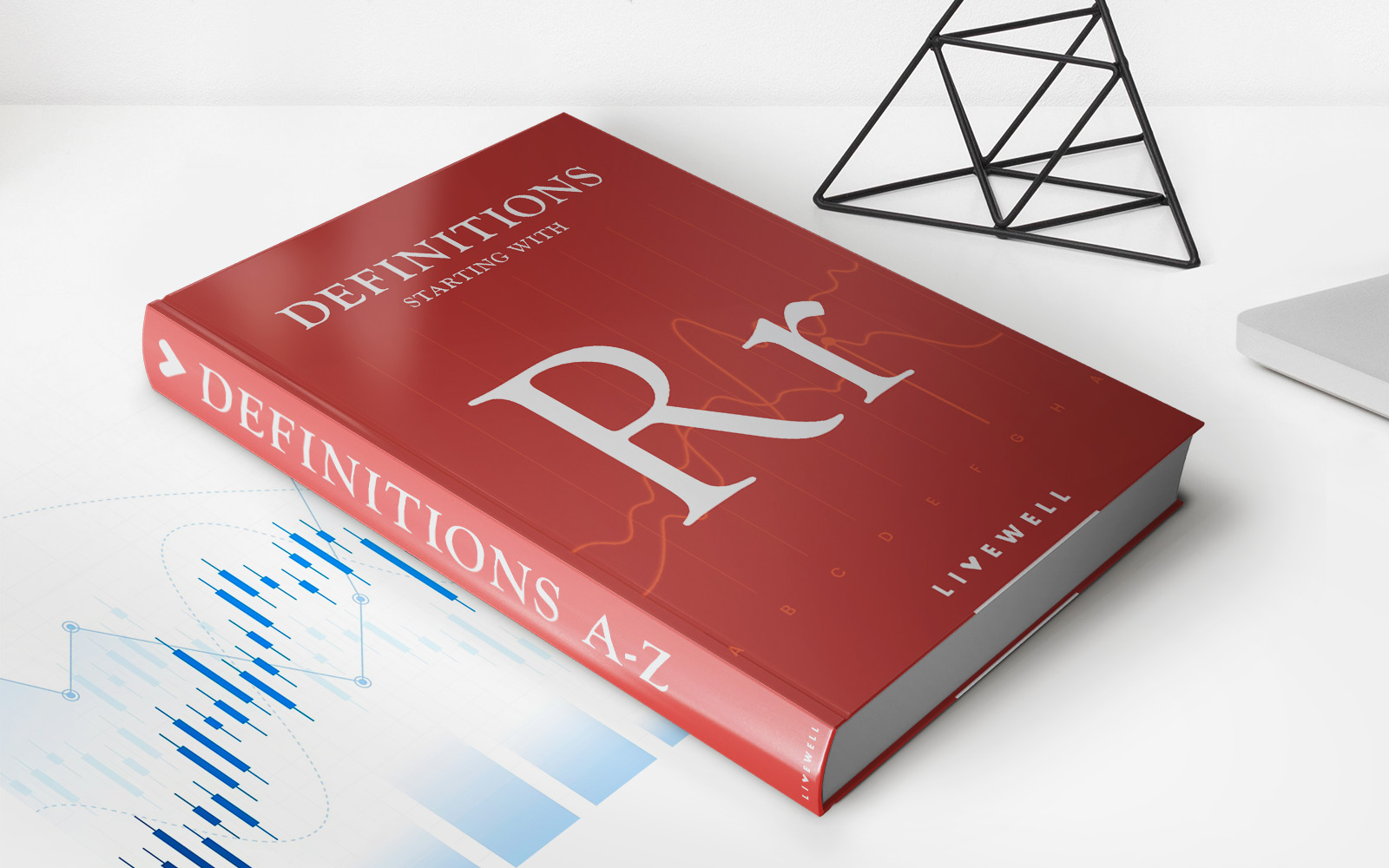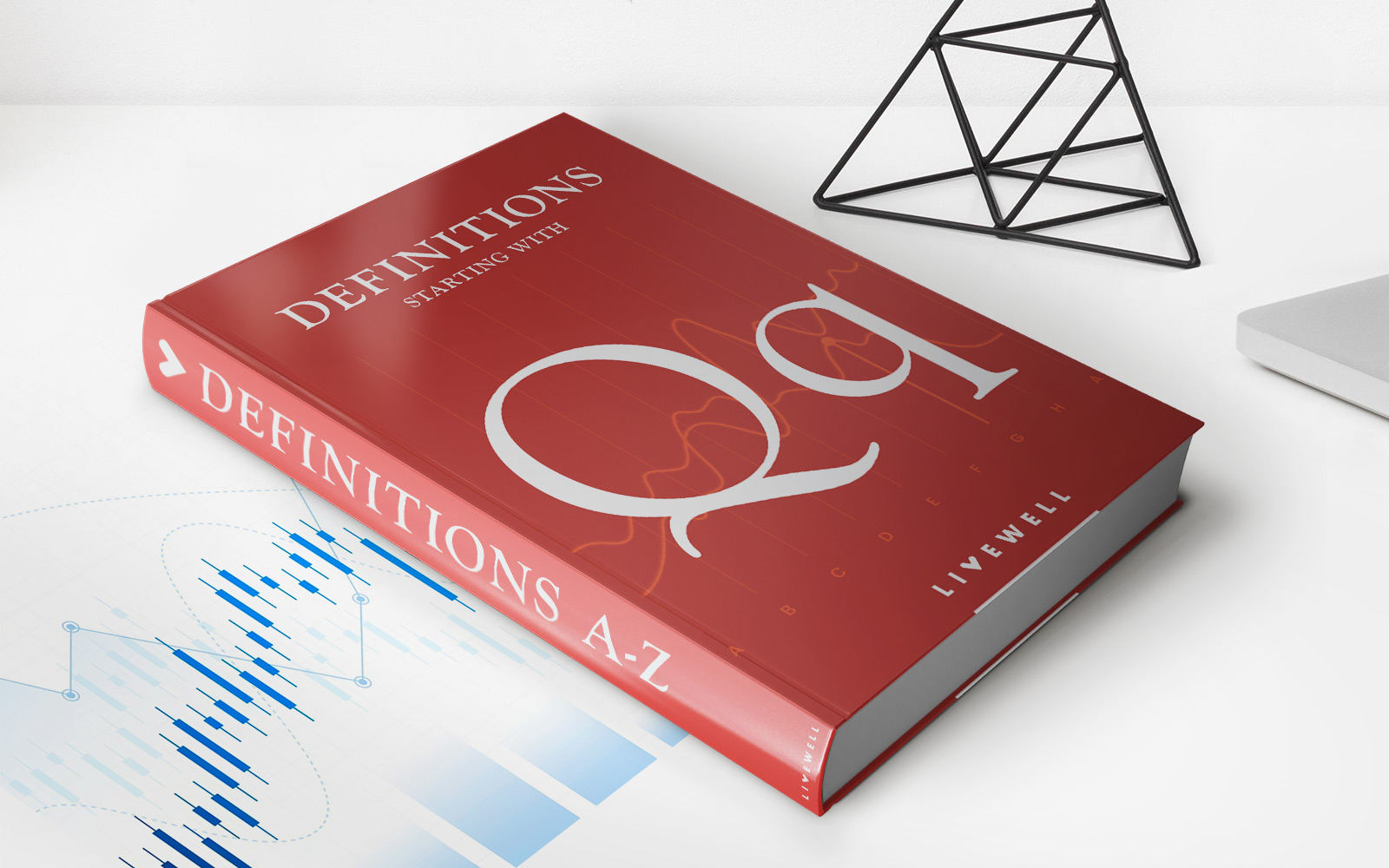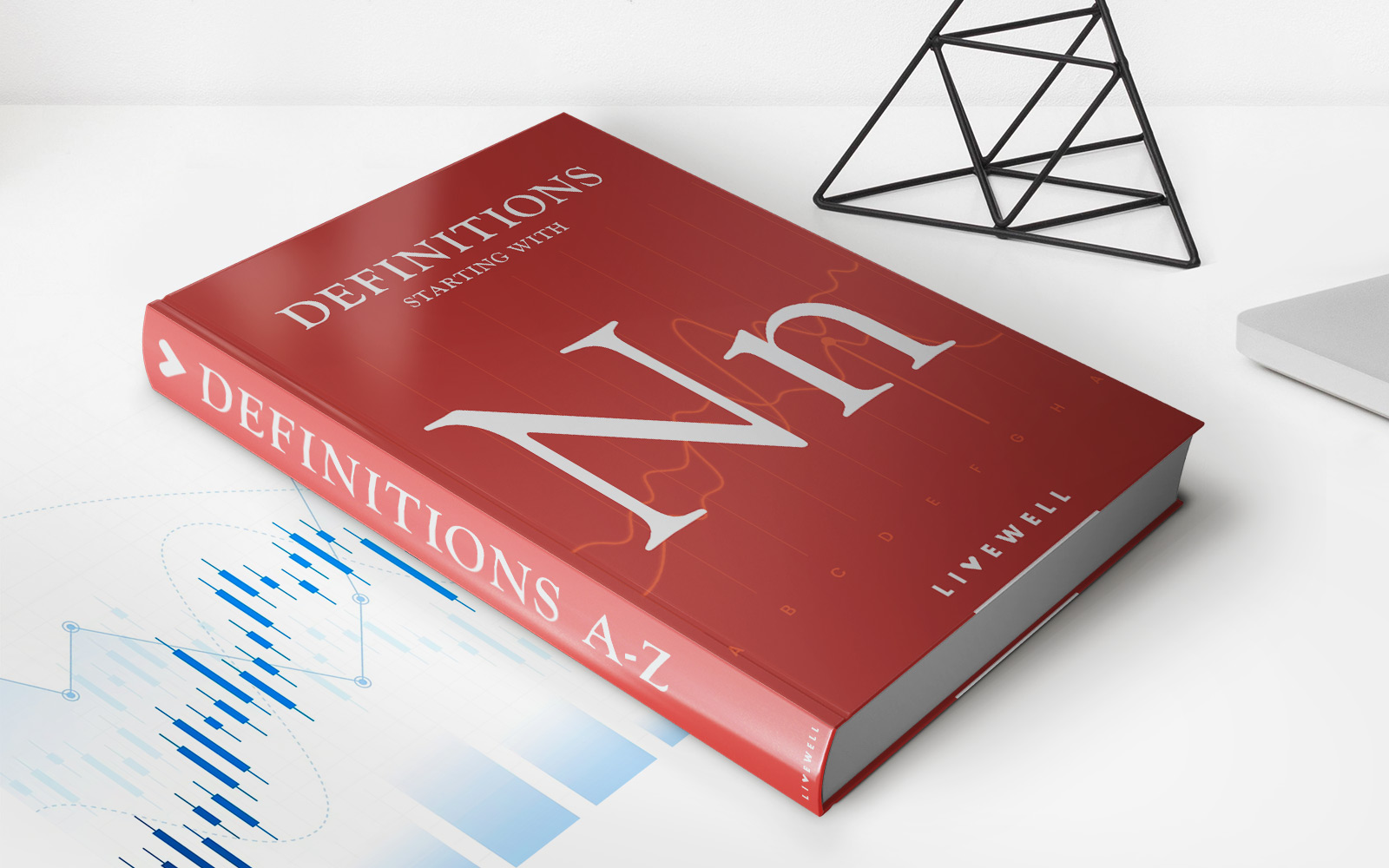

Finance
Nova/Ursa Ratio Definition
Published: January 2, 2024
Learn the definition of Nova/Ursa Ratio in finance and its significance. Understand how this financial metric can impact your investment decisions.
(Many of the links in this article redirect to a specific reviewed product. Your purchase of these products through affiliate links helps to generate commission for LiveWell, at no extra cost. Learn more)
Understanding the Nova/Ursa Ratio: A Guide to Financial Success
When it comes to managing your finances and making informed investment decisions, having access to accurate and reliable data is crucial. One such metric that can help investors gain insights into the stock market is the Nova/Ursa Ratio. In this blog post, we will delve into the definition and significance of this ratio, providing you with the knowledge you need to navigate the world of finance.
Key Takeaways:
- The Nova/Ursa Ratio is a measure of market sentiment that indicates whether investors are bullish or bearish.
- Understanding and tracking this ratio can provide valuable insights into market trends and potential investment opportunities.
What is the Nova/Ursa Ratio?
The Nova/Ursa Ratio, often referred to as the NU Ratio, is a metric used to gauge market sentiment among investors. It is derived from two technical analysis tools – the Arms Index, also known as the Short-Term Trading Index (TRIN), and the Bullish/Bearish Ratio (B/B Ratio).
The TRIN calculates the relationship between advancing and declining stocks, as well as volume, to determine whether the market is being driven by buying or selling pressure. On the other hand, the B/B Ratio compares the daily number of advancing stocks to the daily number of declining stocks, providing insights into market sentiment.
By combining these two indicators, the Nova/Ursa Ratio offers a comprehensive view of investor sentiment in the stock market. A value above 1 indicates bullish sentiment, suggesting that investors are generally optimistic and expect prices to rise. Conversely, a value below 1 suggests bearish sentiment, indicating that investors are more cautious and anticipate a decline in prices.
Why is the Nova/Ursa Ratio Important?
The Nova/Ursa Ratio can be a valuable tool for both short-term traders and long-term investors alike. Here are a few reasons why understanding and tracking this ratio is significant:
- Market Sentiment Indicator: The NU Ratio serves as a sentiment indicator by reflecting the overall mood of investors. By monitoring this ratio, investors can gain insights into market trends, helping them make informed decisions based on the prevailing sentiment.
- Contrarian Opportunities: A contrarian investment strategy involves taking a position opposite to the prevailing sentiment. When the Nova/Ursa Ratio reaches extreme levels, it can indicate overbought or oversold conditions, suggesting potential opportunities for contrarian investors.
- Confirmation of Market Trends: In addition to signaling potential contrarian opportunities, the Nova/Ursa Ratio can confirm existing market trends. If a market uptrend is supported by a consistently bullish NU Ratio, it may provide investors with confidence to stay invested or consider increasing their positions.
Keep in mind that while the Nova/Ursa Ratio can provide valuable insights into investor sentiment, it should not be the sole factor guiding your investment decisions. It is crucial to consider other fundamental and technical analysis tools, conduct thorough research, and consult with financial professionals before making any investment choices.
In conclusion, the Nova/Ursa Ratio is a powerful metric that can help investors navigate the complexities of the stock market. By understanding the definition and significance of this ratio, you can gain valuable insights into market sentiment and potentially identify investment opportunities. Stay informed, stay diligent, and empower yourself with the knowledge needed to achieve financial success.

